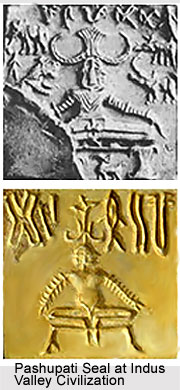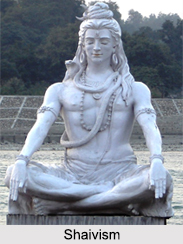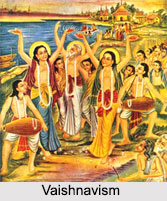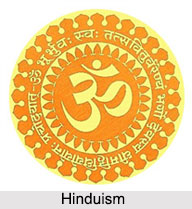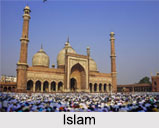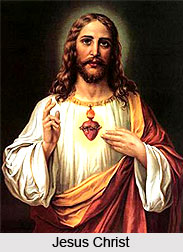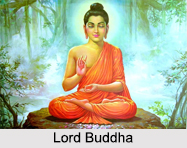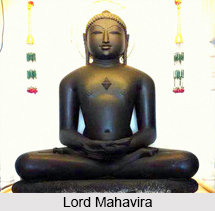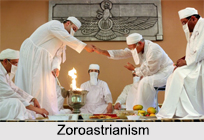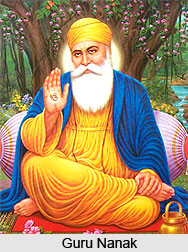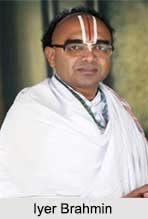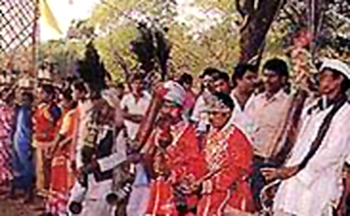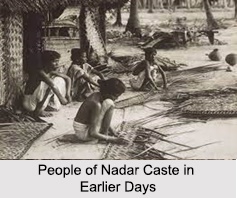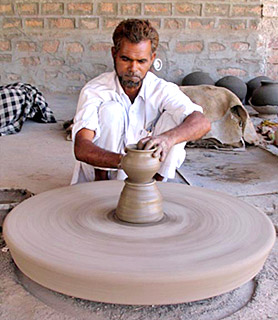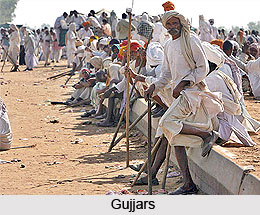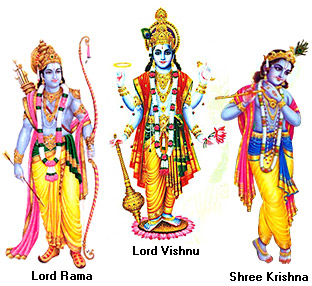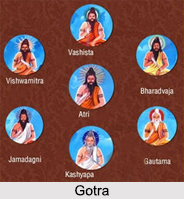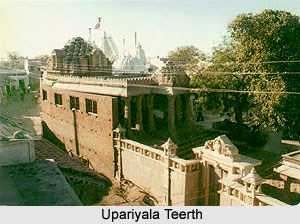 Upariyala Teerth located at Gujarat is a Jain pilgrimage centre. It is located on the main road in the Upariyala village and is in the Dasada Taluka of Surendranagar district of Gujarat. The temple is dedicated to Bhagwan Rishabh Dev. There are many other idols located here in the temple.
Upariyala Teerth located at Gujarat is a Jain pilgrimage centre. It is located on the main road in the Upariyala village and is in the Dasada Taluka of Surendranagar district of Gujarat. The temple is dedicated to Bhagwan Rishabh Dev. There are many other idols located here in the temple.
History of Upariyala Teerth
According to history Upariyala Teerth dates back to the ancient period of 15th century before the Vikrama Samvat Era. The teerth place finds its mention in the "Chaitya Paripati" that was written by Shri Jayasagaraji Upadhyaya in the 15th century V.S. The idol of Rishabh Dev was formally installed by His Holiness Acharya Shri Bhaktisursvarji. It was installed in the newly built temple, on the thirteenth day of the bright half of the month of Magha in the year 1944 of the Vikram Era. The teerth kshetra is associated with many miracles and legends. As per one legend, in V.S. 1919, on the 15th day of Vaishakh a farmer, Ratna Kumbhara of the Upariyala village saw a dream where he instructed about the location of some Jain idols. In the dream he saw that the idols were buried in the fields. Soon the digging work began and the idols were unearthed. The farmer with full devotion handed the idols to the Shravakas who accepted them with delight. The magnificent temple was then built and the idols were ceremoniously installed there on the Kartika Purnima day in V.S. 1920. The teerth kshetra is believed to have miraculous powers. Devotees from different places visit the temple to offer their prayers to the Lord and get their wishes fulfilled.
Temple of Upariyala Teerth
The temple of Upariyala Teerth houses the idol of Bhagwan Rishabh Dev. The temple has built magnificently with artistic designs. The idol of the temple is 76 cm in height and is of sandalwood colour. It is seated in a padmasana posture. The idol is flaunted by the marble statues of Lord Shantinath on the right side and Lord Parshvanatha on the left side. The idol of Lord Shantinath is in white colour while the idol of Lord Parshvanatha is in yellow in colour. The idol of Lord Neminath has been installed below the idol of Rishabh Dev. It is carved in black colour and looks attractive. Besides these there are idols of Lord Ajitnath, Lord Mahavira, Lord Sankheshwar, Lord Mallinath, Lord Chakkesvaridevi and Gaumukh in the temple.
The temple is adorned by a 42 ft long and 37 ft. wide fort. The wall pictures of the temples are made of glass and have been carved with the events of Jain stories. The assembly hall of the temple has been embellished with the artistic scenic beauty of the Sametashihara and Girnar Mountain. The images have been carved of marble which enhances the beauty and looks alluring. The temple has an assembly hall and three side-doors with watch-gates. It is also adorned with four domes and the middle watch-gate. In the compound of the newly built temple, there is an idol in the Kausagga posture. It is 181 inches high and is made of five metals. For the last several years a lamp flame has been constantly burning. The temple organises many annual gatherings. Every year a fair is held on the eighth day of the bright half of phalguna. There is provision for dharamshalas or rest houses for the pilgrims. These are well equipped with all modern facilities.
Upariyala Teerth is well connected with road, rail and air. The teerth kshetra is located at a distance of 86 kilometres from Shankheswar and 20 kilometres from Viramgam. There is some rough road but vehicles can travel on it. Busses and taxies are easily available for the kshetra.
